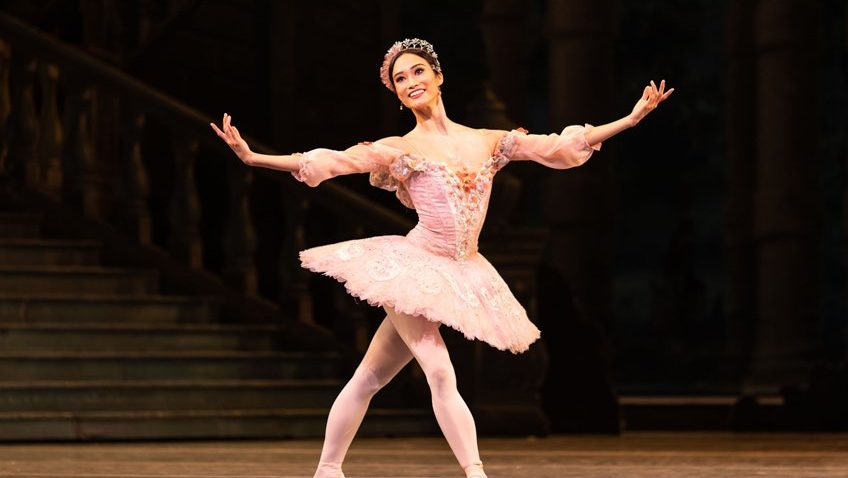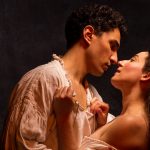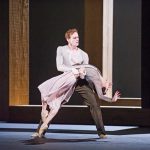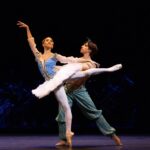THE SLEEPING BEAUTY has a special place in Royal Ballet’s collective heart. It was this ballet, which re-opened the Royal Opera House in 1946 after World War II.
Margot Fonteyn and Robert Helpmann starred in a production designed by Oliver Messel.
Tchaikovsky, of course, played a great part in its success.
During the war The Royal Opera House had been turned into a dance hall for servicemen on leave. So, The Sleeping Beauty was as much an awakening for ROH as it was for Aurora.
To see such lavish extravagance on stage in an age of austerity and ration books was something truly magical. War-weary balletomanes wanted something to cheer them up.
Cecil Beaton did something similar for theatregoers when he spent a fortune (money and ration coupons) on costumes and decor for a stunning revival of Oscar Wilde’s Lady Windermere’s Fan at Haymarket Theatre.
The one thing everybody knows about the fairy tale is that the Prince wakes Beauty from 100 years of sleep with a kiss; and this is despite the fact that there is no kiss in Charles Perrault’s version. In much earlier medieval accounts, the Prince actually raped Beauty whilst she slept.
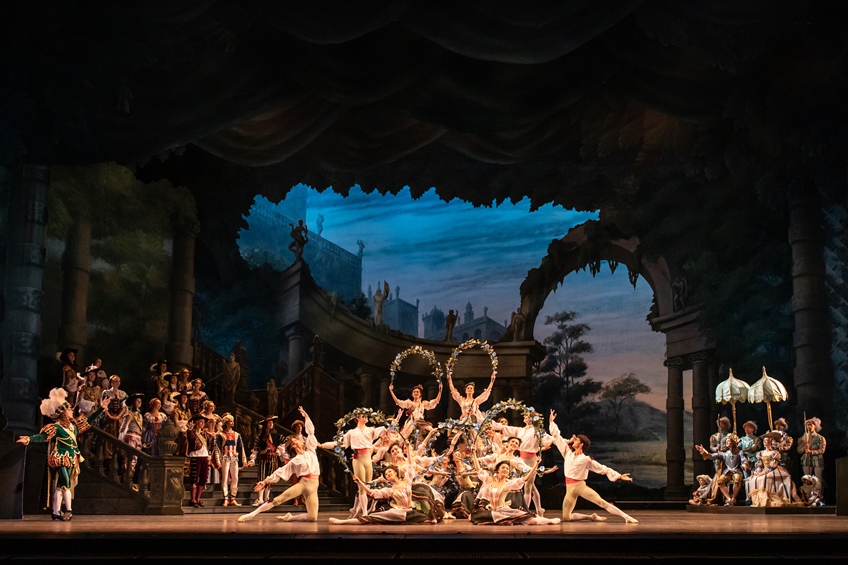
I am always a bit disappointed by the awakening. I long for the bed to be at the top of a long flight of stairs up which the Prince runs. I got this image long, long ago from the Diaghilev Exhibition in London in 1954 and it has never gone away.
The ballet is a showcase for pretty spectacle and what can seem like endless auditions pieces. You have to wait a long time for any drama.
When Aurora dances with the spindle, and everybody but Aurora knowing she is going to prick her finger, there is a tiny bit of tension. The journey by boat through the forest has a bit of magic.
The confrontation between Good and Evil is over before it has even begun; whilst the actual awakening is so perfunctory, it is as if everybody might have been just having an afternoon’s nap.
The real drama (the one everybody who knows the ballet looks forward to) is when the four princes court Aurora. The Rose Adagio, notoriously difficult, is one of classical ballet’s great moments.
To be able to see in huge close-up on the screen the hand being lifted high from one suitor’s palm and then brought down on another suitor’s palm, adds even more tension.
Fumio Kaneko, an enchanting dancer, stays on her points and keeps her balance with a fixed radiant smile.
There’s not much Federico Bonelli can do with a cypher role such as Prince Florimund except dance; and dance he does with style.
Gina Storm-Jensen’s Lilac Fairy never stops smiling and comes across as a naughty girl who is on her best behavior. Elizabeth McGorian’s Queen, elegantly costumed, has class and carriage and she looks like royalty should in a fairy tale
This is the first time I have seen Carabosse played by a woman. Kristen McNally looks exactly like a socialite who would take drastic revenge if she were left off an invitation list. She arrives for a christening dressed for a soiree and behaves as if she has been sharing digs with Bette Davis and Joan Crawford in Whatever Happened to Baby Jane?
To learn more about Robert Tanitch and his reviews, click here to go to his website 

